Toward the end of 2010, Apple entered into an exclusive agreement to license the use of Liquid Metal's amorphous metal alloys with unique atomic structures, used to create products that are stronger, lighter, and resistant to wear and corrosion.
The metal alloys owned by Liquidmetal Technologies were developed by a research team at the California Institute of Technology, and their amorphous, non-crystalline structure makes them harder than alloys of titanium or aluminum.
In its latest 10-K filed today, the company noted that its "Total Revenue decreased by $19.6 million to $972 thousand for the year ended December 31, 2011 from $20.6 million for the year ended December 31, 2010.
"The decrease is primarily in the licensing and royalties revenue category due to a one-time licensing fee that occurred during 2010," the filing stated. In 2011 the $972,000 in revenue came from a combination of $572,000 in product sales and $400,000 in other licensing and royalty payments, a steep drop from the previous year's $20.6 million that largely came from Apple.
Describing that transaction, Liquidmetal stated, "On August 5, 2010, we entered into a license transaction with Apple Inc. ("Apple") pursuant to which (i) we contributed substantially all of our intellectual property assets to a newly organized special-purpose, wholly-owned subsidiary, called Crucible Intellectual Property, LLC ("CIP"), (ii) CIP granted to Apple a perpetual, worldwide, fully-paid, exclusive license to commercialize such intellectual property in the field of consumer electronic products, as defined in the license agreement, in exchange for a license fee, and (iii) CIP granted back to us a perpetual, worldwide, fully-paid, exclusive license to commercialize such intellectual property in all other fields of use.
"Additionally, in connection with the license transaction, Apple required us to complete a statement of work related to the exchange of Liquidmetal intellectual property information. The Company recognized a portion of the one-time license fee upon receipt of the initial payment and completion of the foregoing requirements under the license transaction. The remaining portion of the one-time license fee was recognized at the completion of the required statement of work.
"Under the agreements relating to the license transaction, we are obligated to contribute all intellectual property that we develop through February 2012 to CIP. In addition, we are obligated to refrain from encumbering any assets subject to the Apple security interest through August 2012 and are obligated to refrain from granting any security in our interest in CIP at any time. We are also obligated to maintain certain limited liability company formalities with respect to CIP at all times after the closing of the license transaction. If we are unable to comply with these obligations, Apple may be entitled to foreclose on our assets."
AppleInsider was first to discover that Apple was looking to hire a number of experts on amorphous metal alloys to build products using Liquidmetal's technology. The first product Apple created using Liquidmetal was an iPhone SIM card ejector tool.
 Daniel Eran Dilger
Daniel Eran Dilger
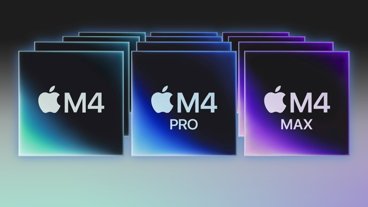
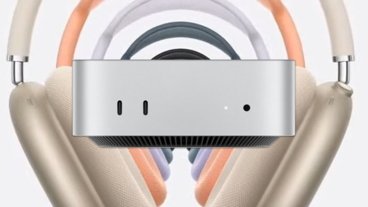

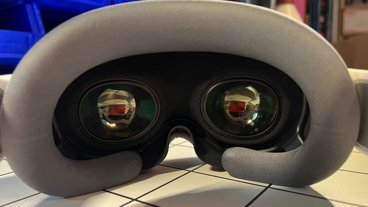
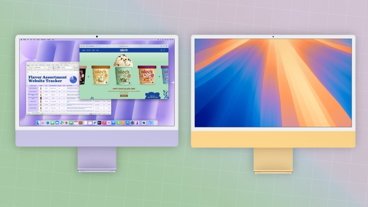








 Wesley Hilliard
Wesley Hilliard
 Marko Zivkovic
Marko Zivkovic
 William Gallagher
William Gallagher
 Malcolm Owen
Malcolm Owen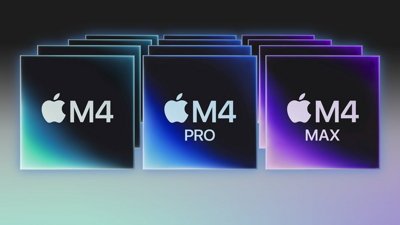
 Mike Wuerthele and Malcolm Owen
Mike Wuerthele and Malcolm Owen
 Andrew O'Hara
Andrew O'Hara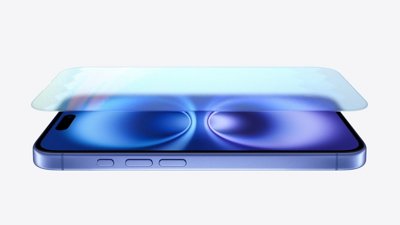
 Amber Neely
Amber Neely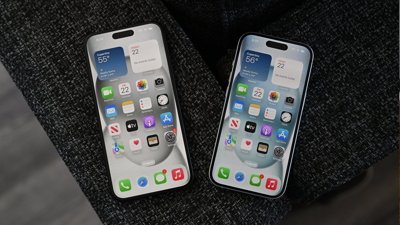
 Andrew Orr
Andrew Orr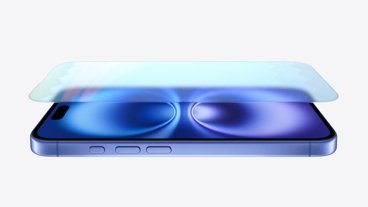
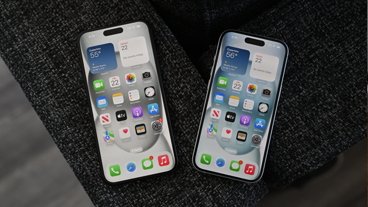
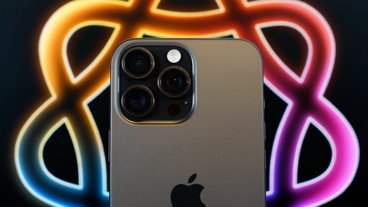


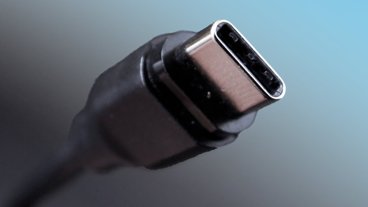


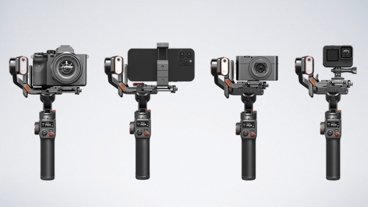

52 Comments
A last gasp of hope: The new MacBooks will have some LQMT pizzaz in it.
Otherwise, after a patient two years, I'll probably bail. \
Fascinating video. If this technology were to be used for iPhone and iPad cases, would the characteristics of the liquid metal make the cases practically indestructible and lighter than any competitor's products?
If this is in Apple's future product releases, like this Fall, for example, this, as well as their practical lock on retina displays, should suck all the air out of whatever MS and RIM are going to say about their products. It can practically destroy Samsung's "plastic" products in comparison. These are interesting times for Apple competitors.
Only $20M? Lol
I wonder why Apple did not manage to introduce a single liquid metal product in the last 2 years.
Surely they must have played with this technology even quite a bit before that, before they decided to license it in 2010.
Does it really take 2+ years from licensing to use this technology?
Perhaps there are substantial challenges still left, which is why we don't see it used more in any kind of products yet.
I wonder whether both the iPhone 5 and iPad 3 were supposed to use it - only to be pushed back.Or maybe it is the other way around:
With the new iPad I can see Apple might have hoped to use Sharp's lower power IGZO panels, a lower power A6 CPU and true worldwide LTE modem. None of these happened yet, so they introduced the 'iPad 2S' for which they did not want to use their new liquid metal case either.
Perhaps similar thoughts influenced the iPhone 5 -> 4S release. (P)reserving the liquid metal case 'revolution' for the true iPhone 5.
I wonder why Apple did not manage to introduce a single liquid metal product in the last 2 years.
Surely they must have played with this technology even quite a bit before that, before they decided to license it in 2010.
Does it really take 2+ years from licensing to use this technology?
Perhaps there are substantial challenges still left, which is why we don't see it used more in any kind of products yet.
I wonder whether both the iPhone 5 and iPad 3 were supposed to use it - only to be pushed back.Or maybe it is the other way around:
With the new iPad I can see Apple might have hoped to use Sharp's lower power IGZO panels, a lower power A6 CPU and true worldwide LTE modem. None of these happened yet, so they introduced the 'iPad 2S' for which they did not want to use their new liquid metal case either.
Perhaps similar thoughts influenced the iPhone 5 -> 4S release. (P)reserving the liquid metal case 'revolution' for the true iPhone 5.
You haven't thought about mass production.. The bigger question is can mass produce millions using this technology?